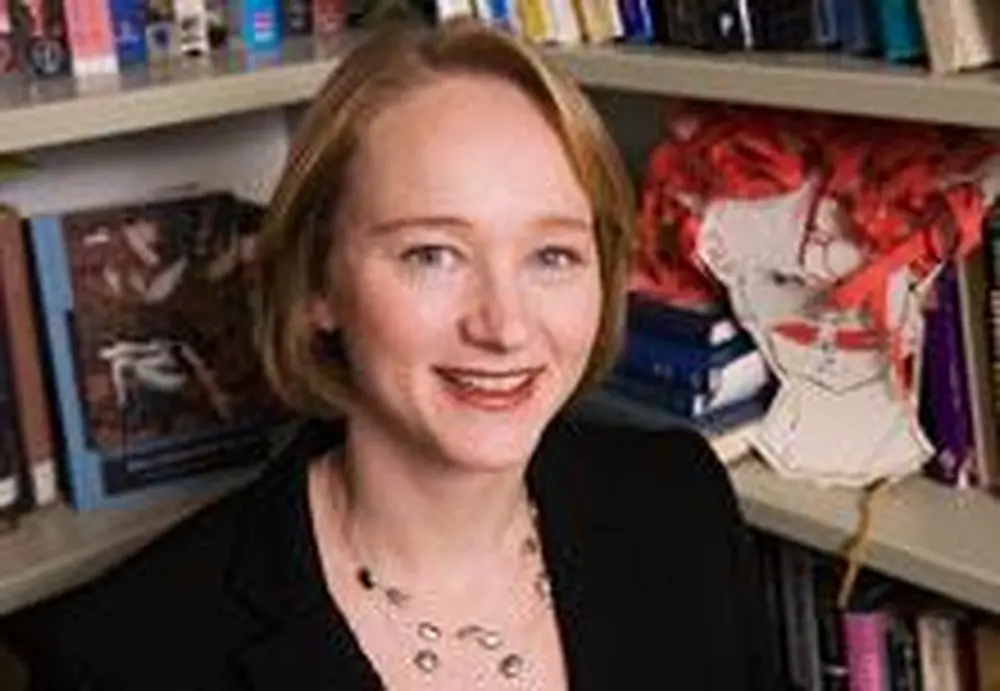

A young professor of Germanic languages and literatures in LAS, who grew up reading Strindberg in her native Sweden, has taken on the alternately venerated and vilified Swedish playwright (1849-1912) as her intellectual challenge.
In fact, Anna Stenport has devoted seven years to deconstructing and deciphering the brilliant, prolific, and controversial writer of Stockholm and Paris, who shocked audiences and readers with his raw realism-explicit references to lust and bodily functions, for example, and unapologetic writings on politics and religion-and who still had time to marry three times, father five children, become an accomplished artist and photographer and even dabble successfully in alchemy, spiritualism, and the occult.
Stenport, a co-editor of a recently published book of essays about Strindberg, is finishing her own study of his writings about Stockholm and Paris. She argues that like some of the other major writers of the time, including Henrik Ibsen, Strindberg was driven by his "extreme frustration with the stifling gender conventions of the late 19th century."
"I believe that at the core of his writing, Strindberg was rebelling against those conventions, while at the same time trying to work out new paradigms for how men and women could coexist, especially in marriage."
However, unlike Ibsen, who also was interested in exploring gender relations but who opted for "a kind of consensus or rational and well-tempered approach, Strindberg held out as a rebel, a radical, a challenger, and perhaps also as a more interesting writer."
But he paid a dear price for his positions, Stenport said. Not only was he essentially kept out of the drama canon over the decades, but he also was not particularly well received by his readers, including literary critics.
"I would say that his views on gender are the white elephant in his works," said Stenport, the director of LAS's Scandinavian studies program.
"Everyone knows that he had some peculiar ideas. In a play like Miss Julie, for example, he appears to be wildly misogynistic. The female protagonist in that play comes across as a neurotic, a not very serious character who ends up killing herself."
While critics have homed in on Strindberg's portrayals of women, Stenport and others are trying to look at the writer more broadly-"not only at his portrayals of women who do indeed seem overly neurotic, but also at his construction of his own masculinity as an authorial persona, for example."
Stenport says Strindberg "conceived of himself as a cosmopolitan living on the European continent for a large portion of his life," writing about Stockholm when living in Paris and about Paris when residing in Stockholm.
"He's writing from the provinces, in a sense, trying to break onto the stages of Paris at the end of the 19th century, and also trying to present Sweden to Europe in a way that was different-that didn't include the old stereotypes. He was trying to remake Sweden, trying to turn its image into one that was more cosmopolitan and modern."
To Stenport, Strindberg ultimately offers "an alternate understanding of European modernity, particularly about how we should think about the function of European cities."
"He's a fascinating person-mad and prolific-one of those authors that you feel you can never totally get a handle on."


